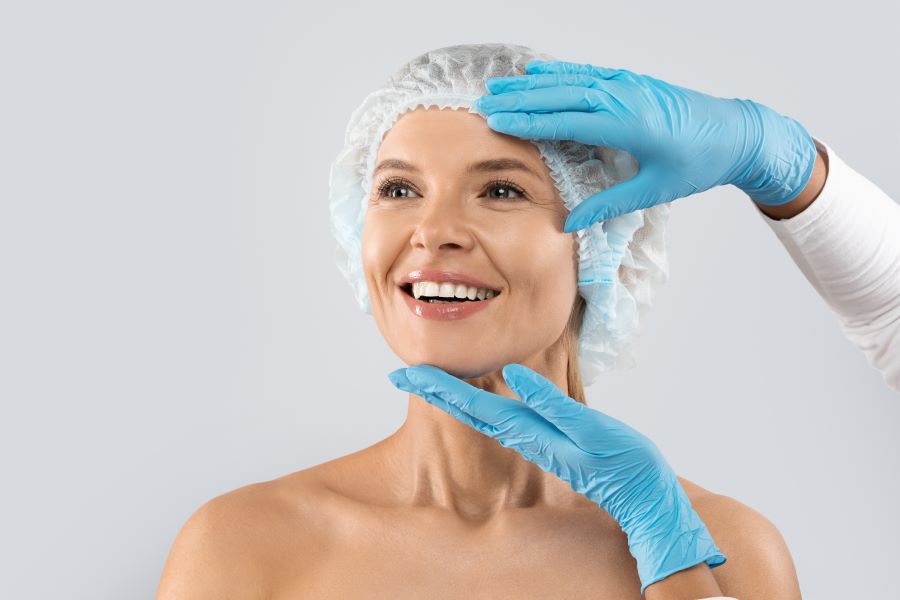Rhinoplasty Explained: Benefits & What to Expect
Rhinoplasty, often called a nose job, reshapes or reconstructs the nose to improve appearance and function. This comprehensive guide explains common goals—like refining the bridge or tip, resizing nostrils, fixing asymmetry, and relieving breathing problems—plus the surgical process, recovery timeline, risks, and how to choose a qualified surgeon. Learn practical expectations and outcomes to decide if nose surgery is right for you.

Rhinoplasty is a surgical option for reshaping the nose to enhance facial balance or restore proper nasal function. Whether performed for cosmetic refinement or to correct structural issues that impair breathing, nose surgery is among the most commonly sought procedures in facial plastic surgery. Below is a clear overview of the goals, steps, recovery, risks, costs, and tips for patients considering rhinoplasty.
Common goals of rhinoplasty
Surgeons tailor rhinoplasty to each patient’s anatomy and objectives. Typical aims include:
-
Reshaping the nasal bridge: Lowering a prominent dorsal hump or smoothing an irregular bridge to create a more harmonious profile.
-
Refining the nasal tip: Reducing bulbosity, improving projection, or redefining tip shape for a more balanced look.
-
Adjusting nostril size and shape: Narrowing flared nostrils or correcting wide alar bases for improved proportion.
-
Correcting asymmetry: Addressing congenital differences, trauma-related deformities, or uneven healing from prior operations.
-
Improving breathing function: Treating internal structural problems—such as a deviated septum or collapsed nasal valves—to restore clear airflow.
How the surgery is performed
Rhinoplasty is usually carried out under general anesthesia, though some cases may use local anesthesia with sedation. The operation typically lasts between one and three hours, depending on whether the focus is cosmetic refinement, functional repair, or both. Surgeons use either an open approach (a small incision on the columella) or a closed approach (incisions inside the nose), choosing the method that offers the best access to the structures needing modification.
Cartilage and bone can be reshaped, augmented, or reduced; grafts from septal cartilage, ear cartilage, or rib may be used when structural support is required. When breathing issues are present, septoplasty or internal valve repairs are often performed at the same time.
Why patients opt for rhinoplasty
People pursue nose surgery for a range of reasons:
- Aesthetic improvement to better harmonize facial features.
- Repair of congenital defects or injuries that altered nasal shape.
- Relief from chronic breathing difficulties tied to structural abnormalities.
- Restoration after cancer resection or trauma.
- Enhanced self-confidence and improved body image.
The patient journey: consultation to final result
-
Consultation: A board-certified plastic surgeon or facial plastic specialist evaluates anatomy, discusses goals, reviews medical history, and explains realistic outcomes and risks.
-
Preoperative preparation: Patients receive guidance on medications, smoking cessation, and any blood-thinning agents to avoid before surgery.
-
Surgery: Performed in an accredited facility under anesthesia. Typical duration varies with complexity.
-
Immediate recovery: A nasal splint or cast is usually applied for about a week. Small internal splints or packing may be used in some cases.
-
Follow-up care: Multiple post-operative visits monitor healing, remove sutures/splints, and address concerns.
-
Final results: Early improvements are visible within weeks, but subtle refinement continues as swelling resolves over many months; the definitive shape may take up to a year to become fully apparent.
Typical recovery timeline
- First week: Splint in place, most external bruising and much of the initial swelling improve; many patients feel well enough for light social activity.
- 1–2 weeks: Return to non-strenuous work or school; avoid heavy lifting and bending.
- 3–4 weeks: Continued reduction of swelling; gentle exercise can usually resume.
- 6–8 weeks: Most routine activities are permitted; contact sports should still be avoided.
- 3–6 months: Major swelling is gone and contours refine further.
- 12 months: Final result is typically evident as all residual swelling resolves.
Individual recovery varies with surgical complexity, grafting, and personal healing characteristics.
Potential risks and complications
As with any surgery, rhinoplasty carries risks. Common and less common complications include:
- Infection or bleeding
- Adverse reaction to anesthesia
- Persistent breathing difficulties
- Unsatisfactory aesthetic outcome
- Septal perforation
- Skin issues or scarring
- The possibility of a revision procedure
Selecting an experienced, board-certified surgeon and following post-operative instructions closely reduces the likelihood of complications.
| Procedure Type | Typical Cost (USD) |
|---|---|
| Cosmetic rhinoplasty | $5,000–$15,000 |
| Septorhinoplasty (functional + cosmetic) | $6,000–$18,000 |
| Revision rhinoplasty | $8,000–$25,000 |
Costs vary by surgeon, geographic location, anesthesia fees, facility charges, and the complexity of the operation. The amounts above are estimates for informational purposes only.
Choosing the right surgeon and setting expectations
Look for a board-certified plastic surgeon or facial plastic surgeon experienced in rhinoplasty, with a portfolio of before-and-after photos and positive patient reviews. A detailed consultation should include discussion of realistic outcomes, potential need for grafts, and how your skin thickness and nasal structure influence results. Emotional preparedness and a clear, shared goal with your surgeon help ensure satisfaction.
Rhinoplasty can deliver meaningful aesthetic and functional improvements, but success depends on careful planning, surgical skill, and patience through the healing process. Discuss benefits, alternatives, and risks thoroughly with a qualified specialist to decide whether nasal surgery is the right option for you.
This article is for informational purposes only and should not be considered medical advice. Please consult a qualified healthcare professional for personalized guidance and treatment.






